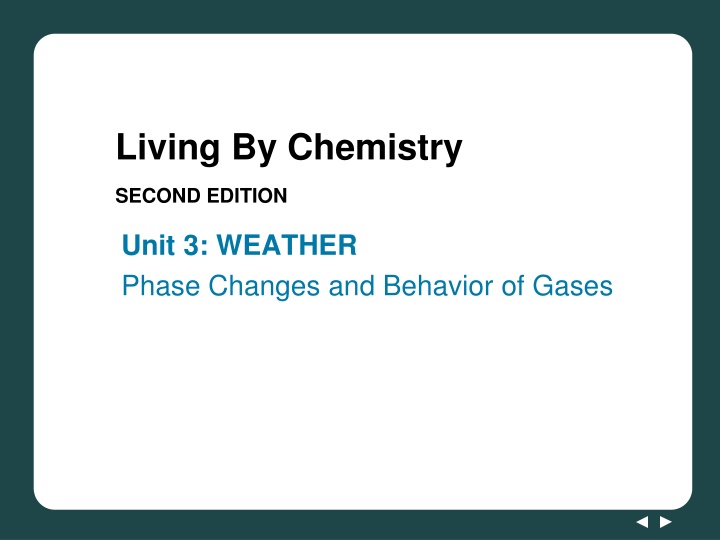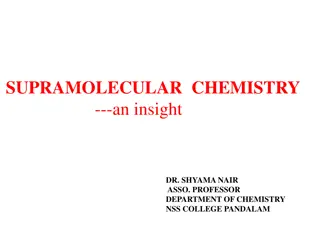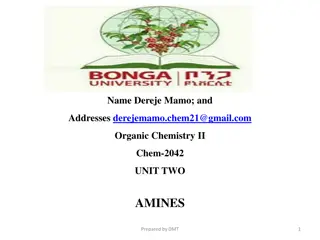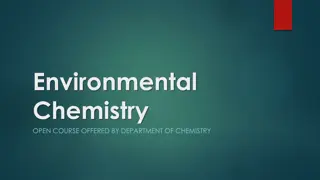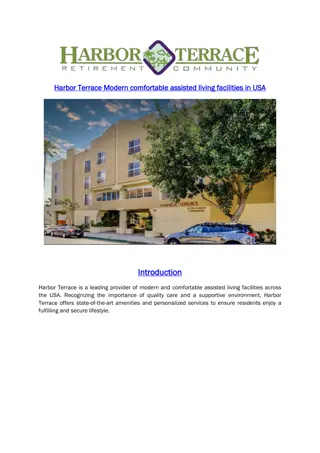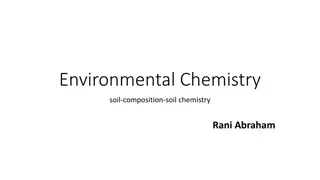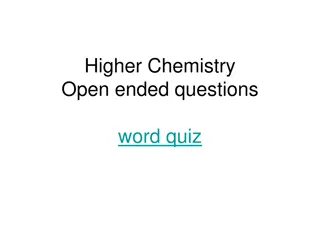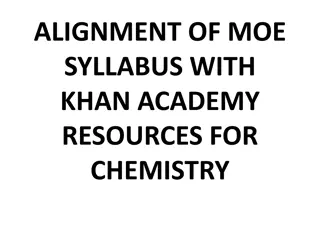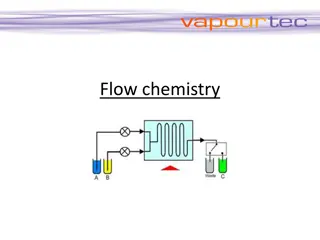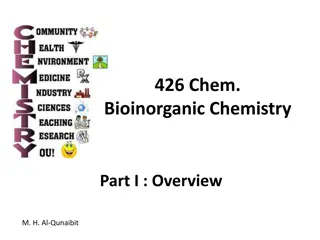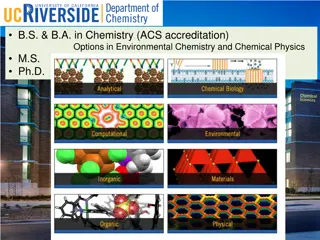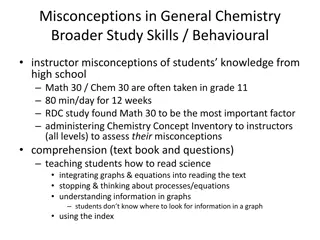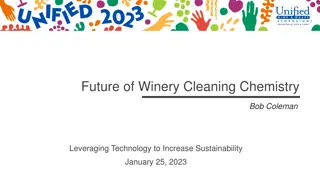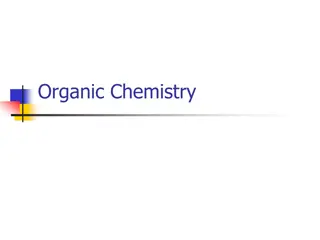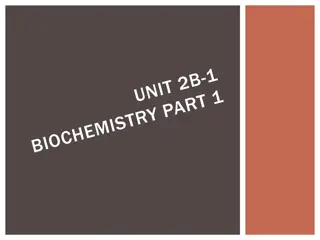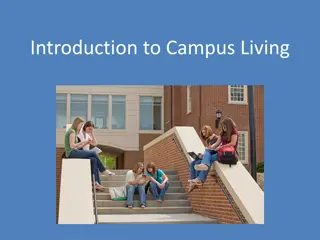Living By Chemistry
In Unit 3 of Living By Chemistry, explore phase changes and gas behavior. Understand air pressure, gas pressure calculations, and evidence of gases exerting pressure through interactive demonstrations and discussions.
Download Presentation

Please find below an Image/Link to download the presentation.
The content on the website is provided AS IS for your information and personal use only. It may not be sold, licensed, or shared on other websites without obtaining consent from the author.If you encounter any issues during the download, it is possible that the publisher has removed the file from their server.
You are allowed to download the files provided on this website for personal or commercial use, subject to the condition that they are used lawfully. All files are the property of their respective owners.
The content on the website is provided AS IS for your information and personal use only. It may not be sold, licensed, or shared on other websites without obtaining consent from the author.
E N D
Presentation Transcript
Living By Chemistry SECOND EDITION Unit 3: WEATHER Phase Changes and Behavior of Gases
Lesson 57: Air Force Air Pressure
ChemCatalyst If you blow up a balloon and let it go, it flies around the room. 1. Why does the gas inside the balloon come out? 2. How can you change how fast the balloon moves? 3. How does this demonstration provide evidence of air pressure?
Key Question What evidence do we have that gases exert pressure?
You will be able to: describe and define gas pressure explain what causes air pressure complete simple air pressure calculations
Prepare for the Demonstration Watch the demonstration as a class.
Discussion Notes In each demonstration, air is trapped somewhere.
Discussion Notes (cont.) Air pressure is the force per unit area exerted on objects as a result of gas molecules colliding with those objects. Pressure: Force applied over a specific area. Force per unit area. Gas pressure is caused by gas molecules striking objects or the walls of a container.
Discussion Notes (cont.) In examples like the ones seen today, there are generally two types of air pressure to consider: air trapped inside a container, and air from the atmosphere outside a container. The mixture of gases that surrounds you at all times is called the atmosphere.
Discussion Notes (cont.) Atmospheric pressure: Air pressure that is always present on Earth as a result of air molecules colliding with the surfaces of objects on the planet. At sea level and 25 C, there is 14.7 lb/in2of air pressure from the air around us. This is referred to as one atmosphere of pressure, or 1 atm.
Wrap Up What evidence do we have that gases exert pressure? Gas pressure is defined as the force per unit area caused by the molecules of a gas pushing on objects or on the walls of its container. Atmospheric pressure is the pressure of the air around us. Many generalizations you make about air can also be made about any gas, whether helium, argon, or any other.
Check-In Give evidence that gas molecules exert pressure on the walls of whatever container they are in.
